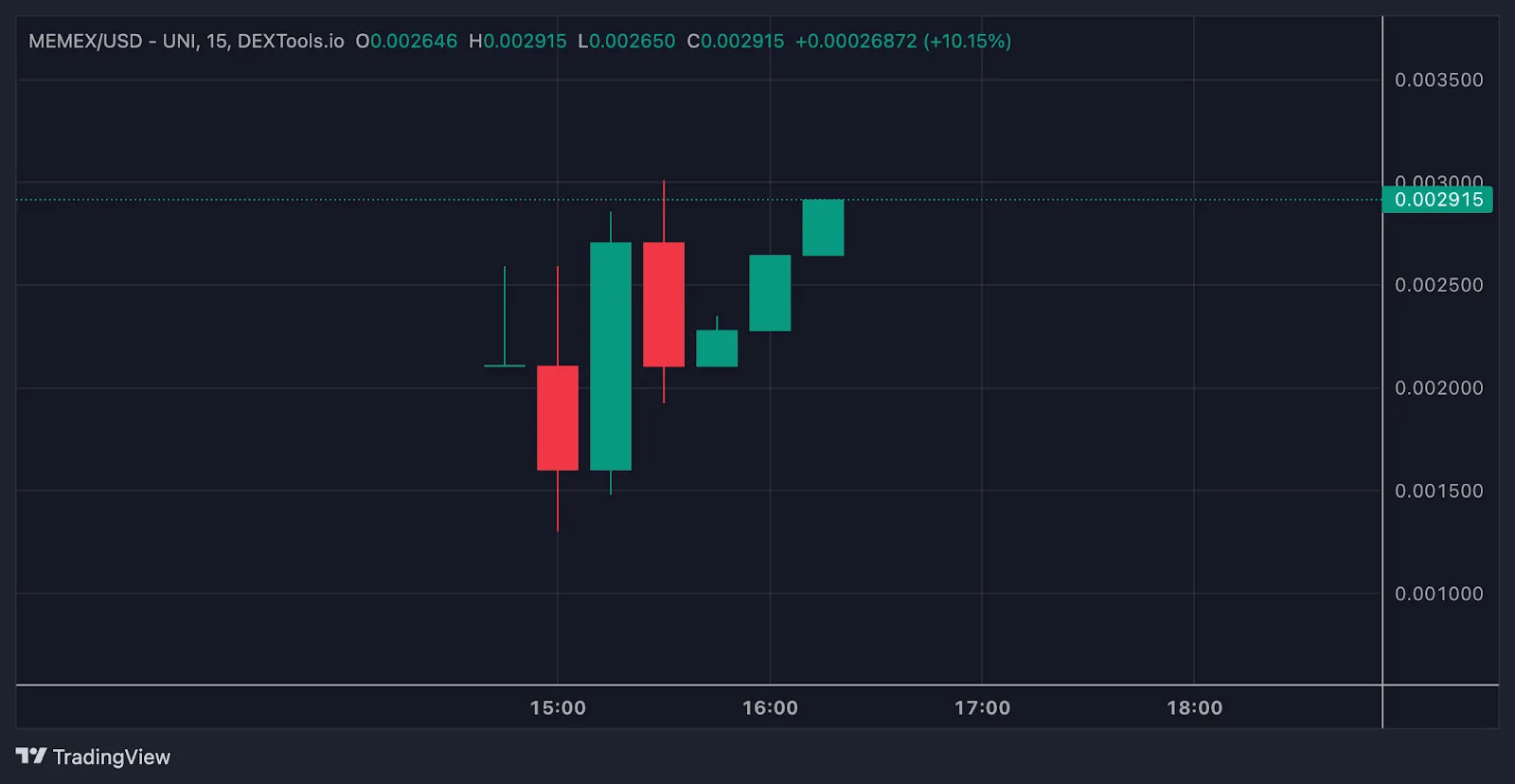Meme Market Index Launches : Tracking LOL/USD
The day finally came when absurdity got a ticker symbol. In what economists are already calling “the most 2025 thing imaginable,” a consortium of fintech startups and DeFi developers has launched the Meme Market Index (MMI) an official benchmark tracking the performance of internet-born tokens, jokes, and digital cultural phenomena, measured against a new reference unit: LOL/USD. Yes, you read that correctly. The world’s first index designed to quantify “how funny money actually is” has arrived, and it’s already trading like a sitcom stock chart.
A Serious Tool for Not-So-Serious Assets
The Meme Market Index was built to track a weighted basket of top-performing memecoins, viral NFTs, and social sentiment indicators drawn from platforms like X, TikTok, and Reddit. Its creators describe it as “a volatility-adjusted reflection of humor-driven asset flows.” In plain English: it measures how the internet’s collective laughter moves markets.
At launch, the index includes the usual suspects DOGE, PEPE, BONK, and a rotating slot for the month’s most popular cultural token (currently BMR, short for “Bears My Rent”). The LOL/USD pair represents a synthetic measurement of meme market liquidity against the U.S. dollar, calculated by combining on-chain activity with social engagement metrics like hashtag velocity and meme virality.
One developer summarized the idea perfectly: “If the stock market has the Dow, crypto deserves the Dow-Jones of dopamine.”
Wall Street Reacts, Confused but Intrigued
Naturally, traditional finance wasn’t sure whether to laugh or file an SEC complaint. “We’ve spent decades optimizing portfolio theory,” said one hedge fund analyst, “and now I’m reading a prospectus where ‘vibe consistency’ is a risk factor.”
But the data speaks volumes. Since soft-launch testing in late 2024, the Meme Market Index has outperformed major tech indices by double digits largely driven by surges in speculative attention cycles. In other words, whenever the internet laughs, the chart pumps. Analysts are already referring to it as the “S&P 500 of silliness.”
Several investment platforms are racing to offer exposure through synthetic ETFs, including one with the tagline “Diversify your dopamine.” There’s even a rumor of a futures contract pegged to the “Humor Volatility Ratio” (HVR), which measures how fast meme prices swing in response to trending sounds on TikTok.
How LOL/USD Became the Unit of Internet Emotion
The LOL/USD rate was originally a parody created by crypto traders mocking the endless proliferation of “something/USD” pairs. But once data scientists began modeling engagement metrics as a quantifiable asset driver, the joke turned into a viable metric. The exchange rate moves in real time based on aggregated meme engagement scores, DeFi liquidity for top tokens, and global laughter frequency measured by meme reposts and emoji use across platforms.
In one early experiment, researchers found a direct correlation between TikTok meme virality and short-term DOGE volume. That insight became the foundation for LOL/USD. “It’s not just market data,” said the project’s co-founder. “It’s human behavior priced in humor.”
The Culture of Speculation Becomes Its Own Asset Class
The Meme Market Index represents more than a playful gimmick it’s the institutionalization of culture as capital. In an era where retail sentiment and internet humor can move billions in liquidity overnight, this index acknowledges the obvious: the line between finance and fandom no longer exists.
Each meme cycle now behaves like a mini business cycle: creation (hype), inflation (virality), saturation (memespeak fatigue), and deflation (rug pull). The index quantifies this lifecycle, giving analysts a new way to predict the next breakout trend or the next collective meltdown. One investor even joked that “LOL/USD volatility is the new consumer confidence index.”
When Quant Models Meet Quantum Humor
Behind the jokes lies serious technology. The Meme Market Index leverages AI sentiment analysis, machine learning trend forecasting, and blockchain oracle feeds to maintain accuracy. The system scans millions of posts per hour, ranking memes by reach, velocity, and emotional resonance.
It’s quantitative humor theory in practice a fusion of behavioral finance and cultural analytics. In backtests, LOL/USD showed a positive correlation with overall crypto liquidity and NFT marketplace activity, suggesting that laughter isn’t just medicine it’s market fuel.
Conclusion
The launch of the Meme Market Index marks a milestone in the absurd evolution of digital finance. What began as parody has become a legitimate performance benchmark for an economy powered by jokes, irony, and collective emotion. The LOL/USD ticker might look ridiculous, but it reflects a deeper truth: in a world where attention is the ultimate currency, humor is the most liquid asset of all. As analysts now joke, “The markets may crash, but the memes will never correct.” In the age of tokenized laughter, the Meme Market Index doesn’t just track value it tracks culture itself.




